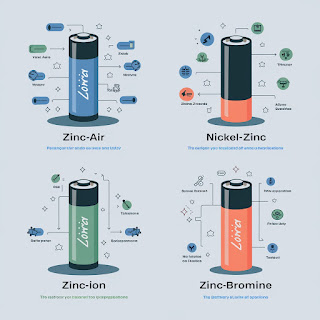How IoT, AI, and Robotics are Shaping the Future of Precision Agriculture

Precision agriculture is undergoing a technological revolution driven by the integration of IoT, AI, and robotics. These advancements enable farmers to manage crops more efficiently and sustainably, optimizing yields while reducing resource waste. IoT in Precision Agriculture: IoT sensors provide real-time data on soil moisture, temperature, and crop health. This data helps farmers make informed decisions, reducing water usage and improving fertilizer efficiency. Connected devices, including weather stations and automated irrigation systems, allow for enhanced monitoring and control over farm operations. AI and Machine Learning: AI-driven tools analyze vast amounts of farm data to predict yields, detect diseases early, and optimize planting schedules. Machine learning algorithms can process complex datasets to provide actionable insights for crop management, improving both efficiency and profitability. AI also enables precision spraying of pesticides and fertilizers, reducing che...







